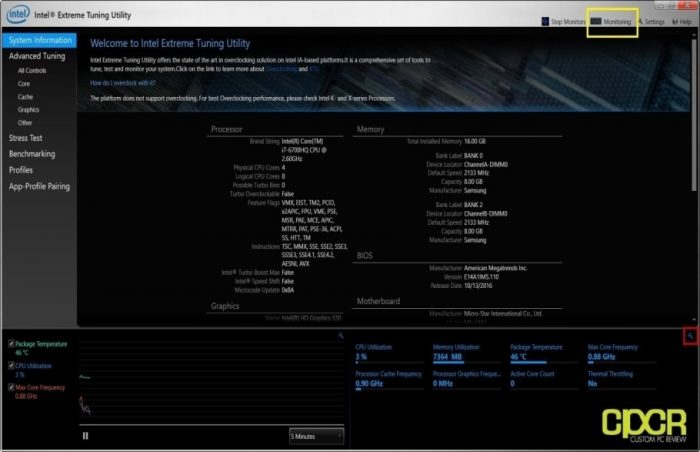

Failure to do this can result in ThrottleStop reading your XTU-tweaked CPU register settings as the defaults (which they are not).

If you are reading this guide and plan to switch to TS from XTU, be sure you reset your XTU settings to default, uninstall it, and restart your PC before starting TS for the first time. However, there have been quite a few bugs with XTU involving lost settings and frequent hard crashes upon resume from sleep, and for those reasons I have personally abandoned XTU in favor of TS.

In theory, XTU’s main advantage over TS was to be able to set PL limits and undervolt settings that would be kept applied automatically and would not require the program to keep running in the tray (as TS does). Initially much simpler and more limited than Intel’s Extreme Tuning Utility (XTU), ThrottleStop has grown in feature set and stability over the years, and can be used for undervolting, “set-and-forget” temperature/clockspeed profiles, benchmarking, SST tweaking, and temperature monitoring. It started as a simple means to counteract some throttling mechanisms used in older laptops, check temperatures, and change CPU clock speeds. “UncleWebb”, which in simple terms is designed to counteract the three main types of CPU throttling (Thermal, Power Limit, and VRM) present in modern computers. ThrottleStop is an original program by Kevin Glynn, a.k.a.


 0 kommentar(er)
0 kommentar(er)
